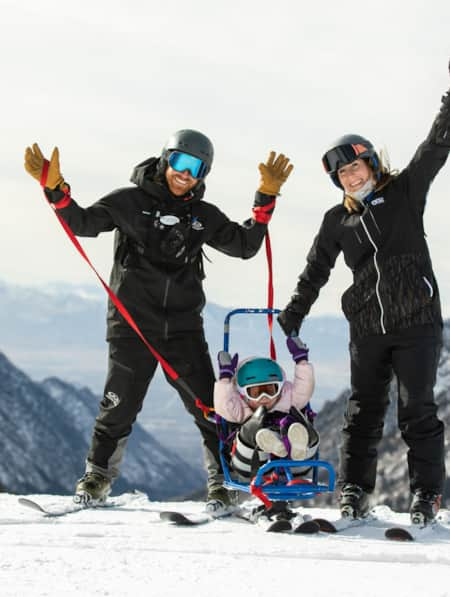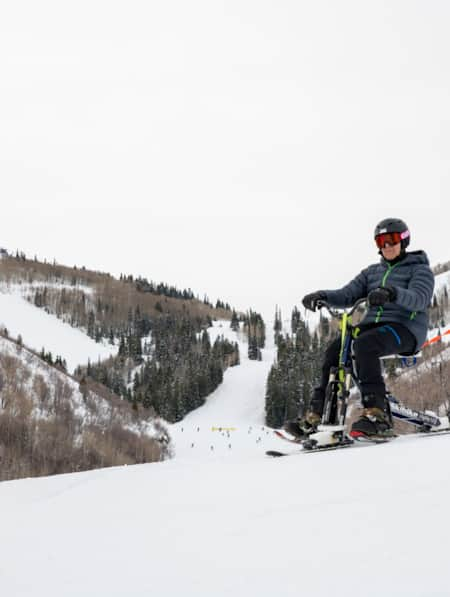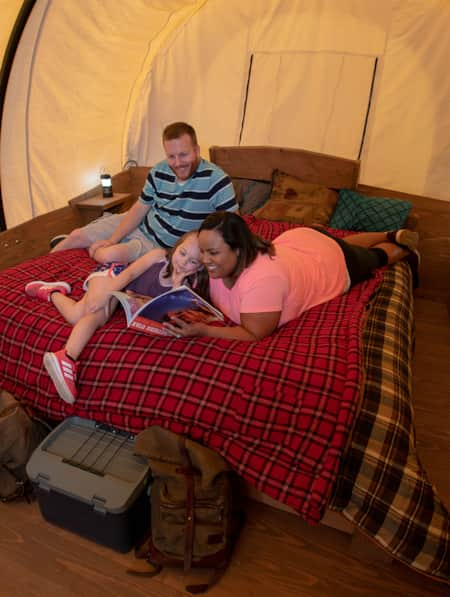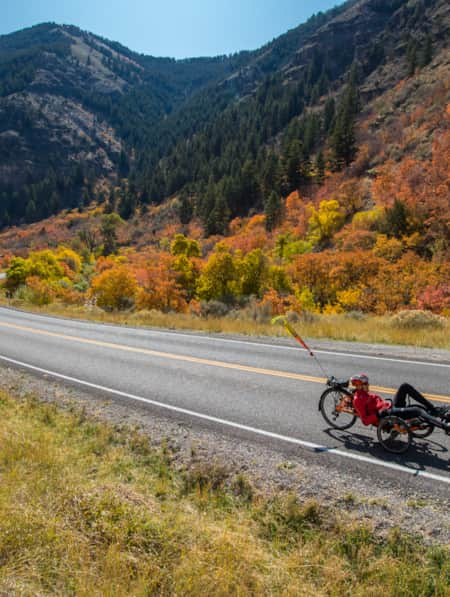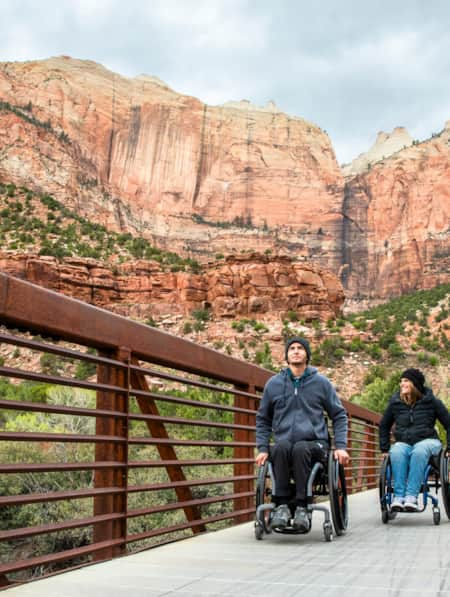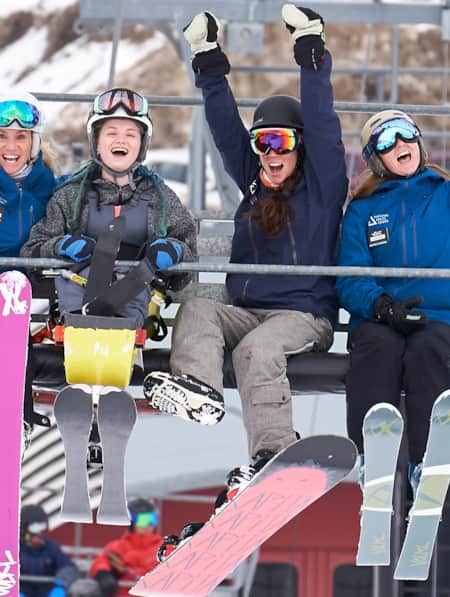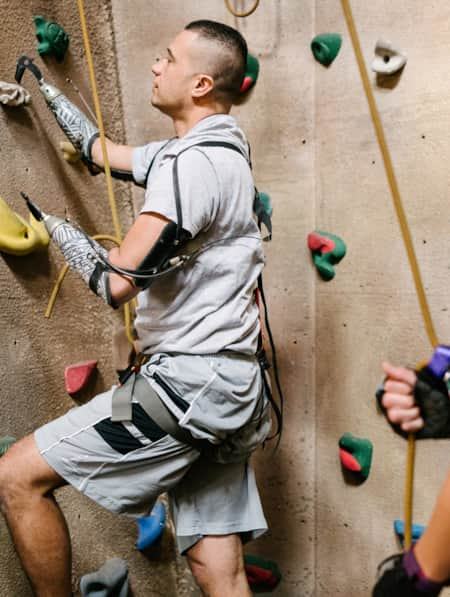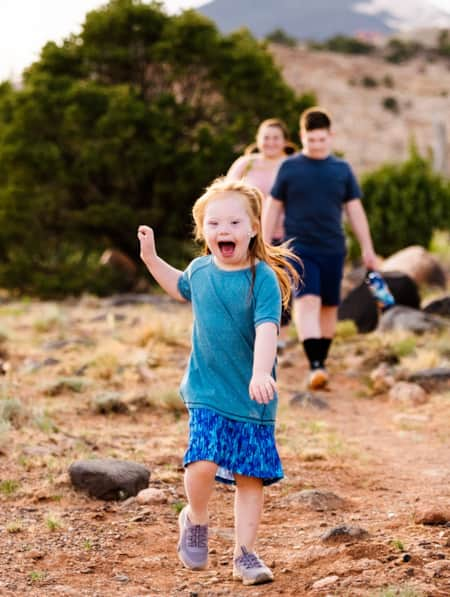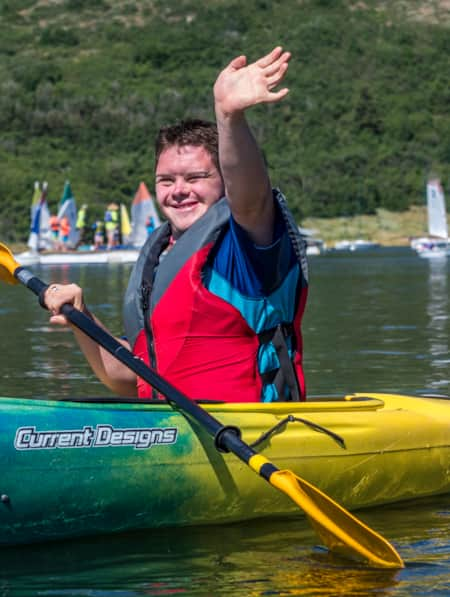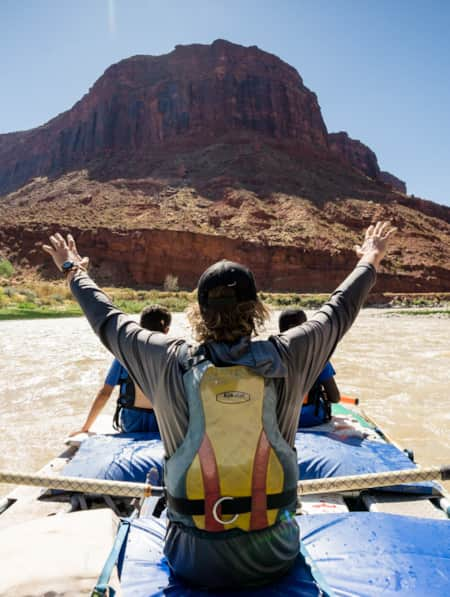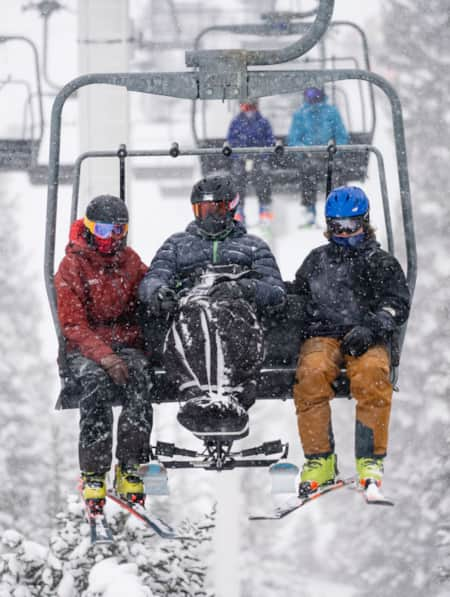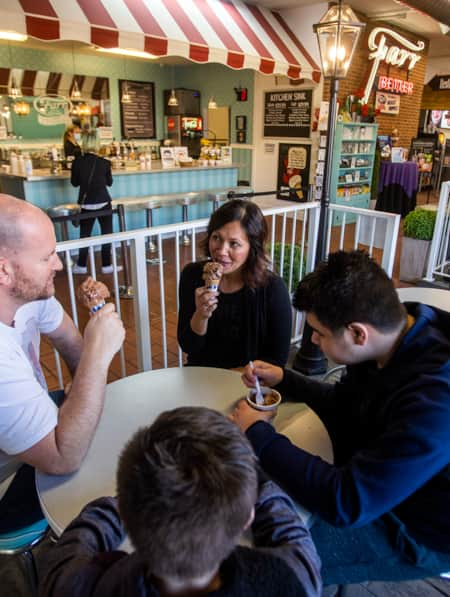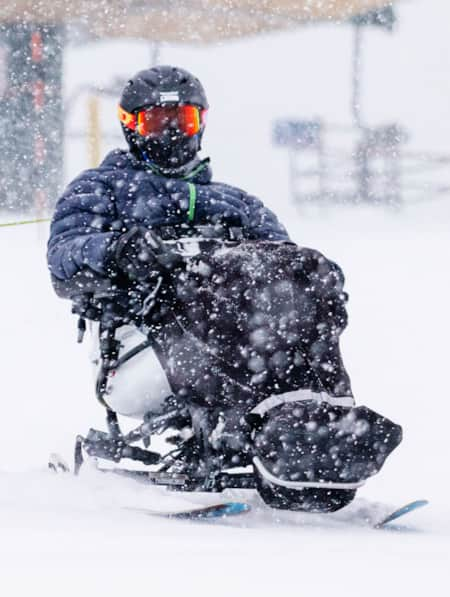An Accessible Adventure
Whether you’re seeking thrill or relaxation, Utah’s adaptive recreation programs offer something truly special. Pack your bags and discover what’s possible when barriers are removed, and accessible adventures take center stage.
Imagine this: you’re standing in a city. Eyes closed, you feel the sun warm your face and a breeze sweeping past your cheeks. Despite being in a bustling downtown area, the city is quiet compared to places like New York. No blaring car horns, no loud music, just a gentle hum of city life.
Now, you open your eyes. Mountains rise to the east and west, cradling the valley where the city lies. Depending on the season, the surrounding landscape has snow-capped peaks, fiery autumn hues or rolling hills painted in lush greens. This is Salt Lake City, the capital of Utah, and a gateway to breathtaking outdoor adventures perfectly balanced with modern city life.
Utah is famous for its dramatic landscapes, from rugged mountains to vast deserts and world-renowned national parks. But beyond its natural beauty, the state is setting a new standard for accessibility, ensuring that travelers of all abilities can fully experience its outdoor wonders. (Read: Adapt, Access, Success)
Here, you don’t just admire the scenery. You dive into it. Whether it's skiing, biking or water activities, a wealth of organizations ensures that everyone, no matter their mobility level, can participate.
In Utah, you’re not defined by what you can’t do. Instead, you’re empowered to discover everything you can. From adrenaline-fueled sports to peaceful nature experiences, there are no barriers to exploration. The state has made impressive strides in ensuring its attractions are open to all and boasts multiple adaptive programs that go beyond providing equipment.
For many participants, the benefits of these programs extend far beyond the physical activity itself. As someone who has spent a lifetime on crutches navigating places not always designed with accessibility in mind, I understand how transformative it is to feel fully supported. These programs foster independence, community and confidence. Whether you’re developing a new skill, making new friends or simply enjoying the outdoors, these experiences leave lasting impressions.
On a recent trip, I set out to experience Utah’s accessibility firsthand, creating a three-day itinerary packed with exploration, culture and accessible experiences suitable for both seasoned athletes and individuals just starting their outdoor adventures.
About the Author – Adele Heidenreich
Adele Heidenreich is a freelance writer from Norway. Born with a muscular condition, she has firsthand experience using a wheelchair and crutches. Having explored 70+ countries, she relies on thorough research to ensure smooth, accessible and enjoyable travel.
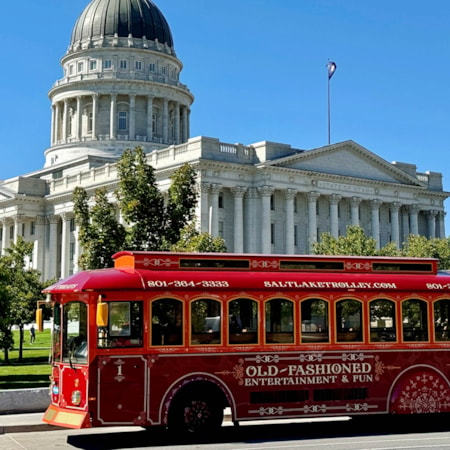
Salt Lake City: History, Culture, and Accessibility
12 Miles
Salt Lake City's downtown is spacious, with grand white buildings and wide boulevards that create a polished, welcoming atmosphere. The city’s layout reflects its history, particularly as the headquarters of The Church of Jesus Christ of Latter-day Saints. Temple Square, the heart of downtown, showcases attractions rooted in Latter-day Saints heritage, art and culture. Its grounds blend rich history, manicured gardens and striking architecture. The entire square is fully accessible, with smooth pathways throughout.
Salt Lake City also boasts a variety of museums, restaurants and outdoor spaces, perfect for unwinding. The city's grid system makes navigation easy, with ample accessible and affordable parking. And just northwest of the city lies the Great Salt Lake, known for its unique ecosystem and stunning sunsets.
Below are some of my personal recommendations to help you get a feel for Salt Lake City on your first day.
Temple Square is the ideal first stop. While the temple itself is under renovation, you can visit the opulent Conference Center to see a scale model and take in views from its expansive rooftop garden. The famous Salt Lake Tabernacle houses an 11,623-pipe organ and the internationally renowned Tabernacle Choir. A free 30-minute organ recital takes place daily at noon. (Read: A Walking Tour of Temple Square)
City Creek Center, adjacent to Temple Square, is a bright, airy shopping center with wide, accessible walkways and an outdoor fountain show. For a taste of the city’s famous cuisine, grab a bite at Taste of Red Iguana, a fast-service version of the legendary Red Iguana Mexican restaurant, known for its incredible mole. If you want to embrace the Western spirit before heading out on an adventure, stop by Tecovas, a Texas-inspired store specializing in western footwear, apparel and accessories.
A short drive from downtown, the Utah State Capitol offers sweeping city views and a chance to explore one of Salt Lake's most beautiful historic buildings. The neoclassical architecture, grand hallways and impressive art displays make it well worth a visit. Parking is easy, and accessible walkways lead through scenic gardens and historic monuments. The building itself has ramps and elevators for full accessibility.
For a more laid-back experience, explore Sugar House, a trendy neighborhood known for its microbreweries, sports bars and cocktail lounges. A perfect way to unwind after a day of exploration. (Read: Insider's Guide to Salt Lake City Neighborhoods)
Recommended dining options:
- The Copper Onion: A popular, wheelchair-accessible restaurant offering delicious New American cuisine.
- Valter’s Osteria: A highly rated Italian restaurant known for fantastic service and a welcoming, wheelchair-friendly environment.
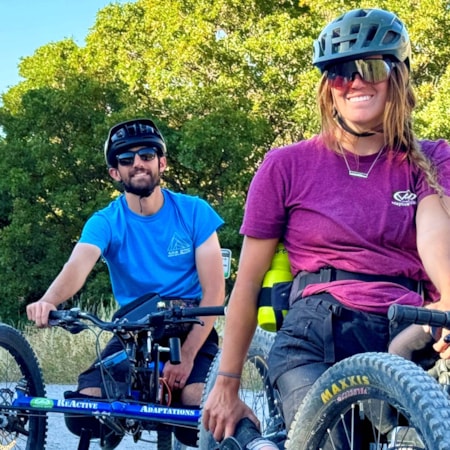
Wasatch Adaptive Sports: Finding Thrill and Freedom
38 Miles
The sun cast a golden glow over the trees as I stood in the parking lot of Draper Cycle Park, 25 minutes south of Salt Lake City. I was about to embark on an adaptive mountain biking session with Wasatch Adaptive Sports. The air buzzed with excitement as people of all ages and abilities gathered, eager to hit the trails.
From the moment I arrived, it was clear that Wasatch prioritizes individualized experiences, through expertly guided activities. My instructor, Courtney, welcomed me warmly, assessed my comfort level and adjusted the session accordingly. She selected an adaptive bike that fit my small frame and ability, guiding me through practice drills before we hit the trails.
The first trail was a designated bike track with a mix of flat stretches, gentle climbs and thrilling descents. As my confidence grew, Courtney led me to a nearby trail winding through golden-leafed trees and rolling hills. Surrounded by a mosaic of orange and gold foliage, I breathed in the earthy scent of nearby vegetation as my tires crunched over dried leaves, fully immersed in the moment.
By the end of the session, I was sweaty, dusty and grinning from ear to ear. Wasatch's mission is to help people enhance physical, mental and social well-being through outdoor activities, and they certainly delivered on that promise.
Their year-round programs extend beyond mountain biking to include paddling, cycling, yoga, skiing and snowboarding. Each activity is designed to be inclusive, with expert instructors customizing the experience to fit individual needs.
Side note: On your way back, make a quick stop at the world’s first KFC, the birthplace of Colonel Sanders’ fried chicken empire and a unique piece of fast-food history.
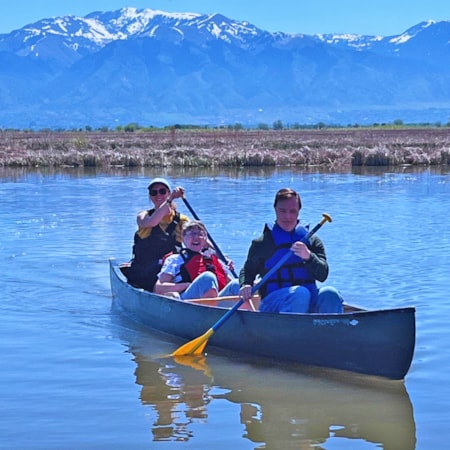
Common Ground Outdoor Adventures: Finding Calm on the Water
82 Miles
Next, I headed north to Logan, to meet the team at Common Ground Outdoor Adventures, an organization dedicated to providing inclusive, fun and life-enhancing outdoor recreation for people of all ages and abilities.
Their programs range from rafting, rock climbing, yoga and archery, to ice skating, alpine skiing and dog sledding. Having previously fed my inner daredevil, I opted for a canoeing experience in nearby Cache Valley.
I was impressed by the thoughtful accessibility measures, as guides provided instruction on paddling techniques and seating adjustments, for those needing extra support.
With a wheelchair-accessible launch and helpful staff, getting in and out of the canoe was easy. Each canoe fit three people, allowing participants to paddle on their own or sit back while others took the lead.
The rhythmic dip of paddles in the water, soft sunlight on my skin and the gentle hum of insects busily tending to their daily chores made for a peaceful escape on the calm lake. Rolling hills stretched around me, with snow-capped mountains visible in the distance.
Beyond day trips, Common Ground offers multi-day adventures where participants can fully immerse themselves in nature, gain independence and connect with others. Past expeditions have included rafting, camping and hiking in Moab, dog sledding in Jackson and skiing at Beaver Mountain.
With options for every season, there’s an adventure for everyone.
Insider tip: On your way back, consider a stop at Ensign Peak Trail & Overlook for a panoramic view of Salt Lake City. While the peak itself is not accessible, the lower Vista Mound viewpoint is wheelchair-friendly and offers impressive vistas.
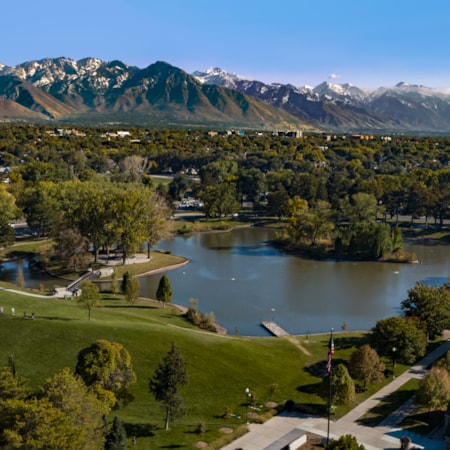
Salt Lake City: Optional Rest Day
18 Miles
I highly recommend pairing activities with both Wasatch Adaptive Sports and Common Ground Outdoor Adventures for a well-rounded Utah experience. However, doing them back-to-back might be too much for some. As such, I have also included some relaxing low-effort activities for an optional rest day.
Red Butte Garden and Arboretum is a stunning botanical garden featuring paved paths, mountain views and peaceful themed gardens.
Liberty Park is one of the city's most spacious and accessible parks, offering paved trails, lakeside seating and an accessible bird sanctuary for a quiet retreat.
The Natural History Museum of Utah is a modern, wheelchair-friendly museum showcasing dinosaurs, indigenous cultures and Utah’s diverse landscapes, making for an engaging yet low-energy outing.
For a touch of luxury, indulge in a traditional English tea service at The Grand America Hotel, where elegant surroundings and a refined atmosphere make for a delightful treat.
Practical Tips for Planning Your Adaptive Adventure in Utah
- Contact the organizations in advance to discuss your needs and goals to ensure a personalized experience. See more adaptive recreation programs.
- Many programs provide adaptive bikes, sit-skis and other equipment, so you don’t need to bring your own.
- Many programs offer financial aid to make participation more accessible.
- You can use platforms like Booking.com, Hotels.com and Tripadvisor to filter accessibility features like roll-in showers and wheelchair-friendly spaces. However, as listings aren’t always accurate, it’s best to call ahead to confirm.
Note: Salt Lake City does get a decent amount of snow, but roads and sidewalks are quickly cleared, and major storms are rare. Snow melts faster in the downtown area due to lower elevation, making winter travel manageable.
National Parks & Beyond: Expanding Your Adventure
While you’re in Utah, consider visiting some of the state’s iconic national parks, many of which have made great strides in accessibility. (Read: Accessibility in Utah’s Mighty 5 National Parks)
Zion National Park and Bryce Canyon:
Zion National Park is famous for its towering cliffs, dramatic canyons and the Virgin River winding through the valley. Private vehicles are restricted on Zion Canyon Scenic Drive, but the free accessible shuttle covers the 7.7-mile route with nine stops. Visitors with disabilities can request a special driving permit at the Visitor Center.
Bryce Canyon offers a top-down perspective, with stunning wheelchair-accessible viewpoints along an 18-mile scenic drive showcasing the world’s largest collection of hoodoos (towering rock spires).
If visiting both Zion and Bryce, consider the scenic 54-mile drive between them along Utah State Route 9, a road filled with spectacular vistas.
Arches and Canyonlands National Parks:
Visiting the Arches and Canyonlands national parks feel like stepping onto a movie set of a classic Western, with its stunning red landscapes.
Arches National Park features a 36-mile scenic drive with wheelchair-accessible stops, where you can admire its iconic sandstone arches and rock formations and take photos that will never quite do it justice.
Nearby, Canyonlands National Park is a place of immense scale, carved by the Colorado River into vast canyons that resemble prehistoric footprints. The park’s Island in the Sky is the entrance closest to Arches, and with the most accessible viewpoints.
Whether you explore one or all these parks, Utah’s landscapes will leave a lasting impression with their awe-inspiring beauty and unforgettable scenery.
Capitol Reef National Park:
Known for its red rock cliffs, canyons, domes and bridges, it's hard to rival the expansiveness of Capitol Reef National Park. While many of its easy hiking trails include fairly level, but uneven ground, you can actually see some of the best views from the paved Scenic Drive (7.9 miles, one-way).
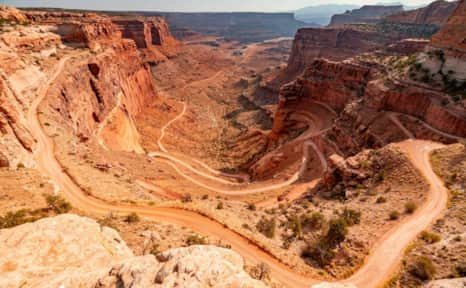
With scenic roads along the rim and base of Canyonlands National Park, visitors don’t need to leave their vehicles to enjoy the park.
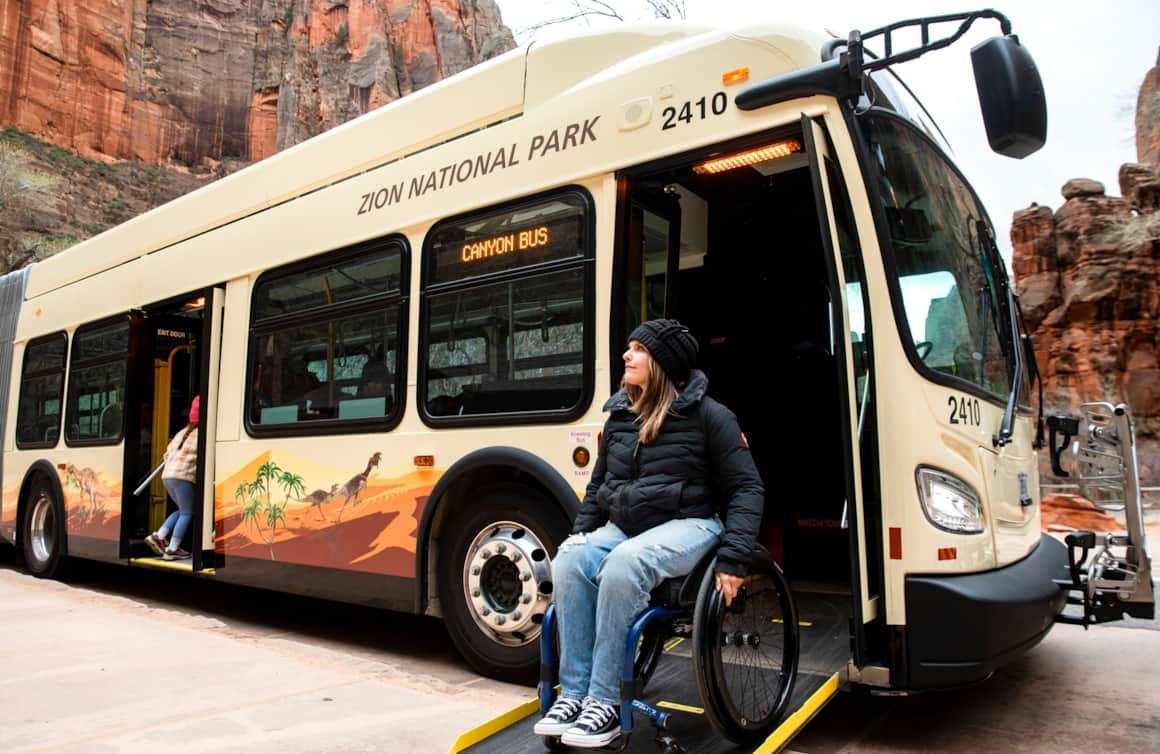
The Zion Shuttle operates within Zion National Park, beginning at the visitor center, just north of the Springdale park entrance. It typically comes every 10-15 minutes.
A Personal Reflection: More Than Just Adventure
As I reflect on my experiences with Wasatch Adaptive Sports and Common Ground Outdoor Adventures, I’m reminded of the power of inclusive outdoor spaces. These programs go beyond recreation, they foster growth, connection and self-discovery.
Traveling with a disability often requires meticulous planning, but experiences like these remind me why exploration is always worth it. They reinforce the belief that the world is meant to be experienced by everyone. Utah, with its breathtaking landscapes and commitment to accessibility, is a destination I’ll gladly return to.
